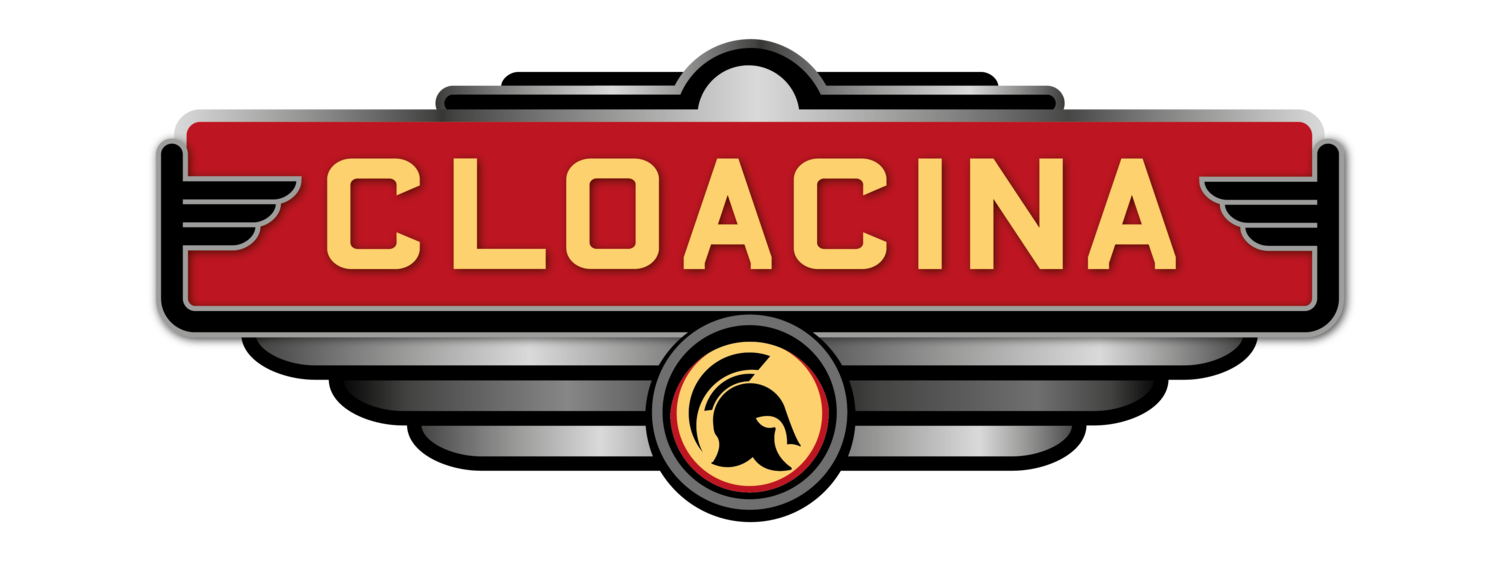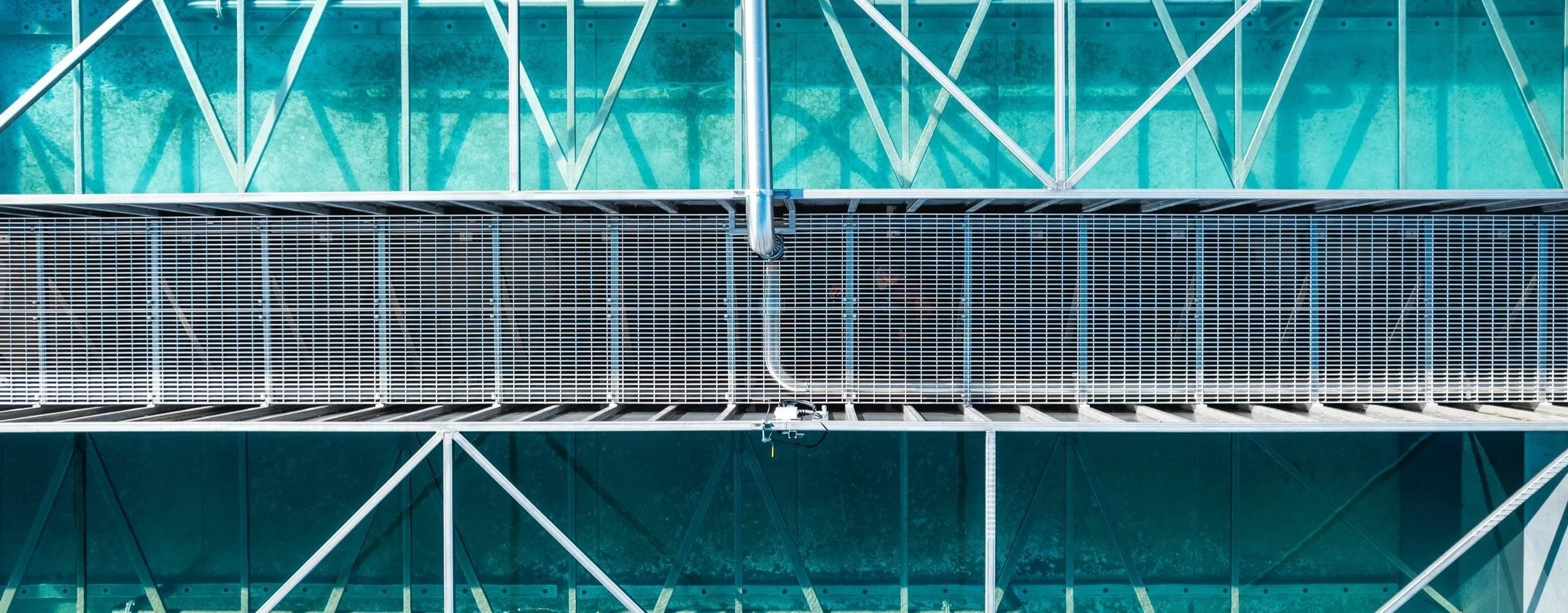WHAT IS REDUNDANCY?
Redundancy in wastewater design is a safeguard to ensure that treatment plants are capable of providing consistent, reliable and effective operation not only when the system is working correctly, but also in the event of unpredictable circumstances such as equipment failure, higher-than-anticipated flows or loading, or natural disasters. Typical redundancy requirements ensure that wastewater systems can continue to process peak flows with the largest unit out of service and that the system can store influent peak flows to prevent spilling or discharging untreated effluent.
The most stringent redundancy requirements are traditionally applied to larger municipal facilities and reuse applications, where the risk for environmental harm from untreated pathogenic wastewater discharges are greater than at small private wineries or industrial treatment facilities. Redundancy requirements are commonly found, to some degree, on all permitted wastewater facilities regardless of waste type or treatment plant size.
WHO ISSUES REDUNDANCY REQUIREMENTS?
Redundancy requirements are incorporated into the design guidelines issued by the approving authority where the wastewater facility will be permitted and located. The approving authority and their redundancy requirements vary by district, city, county and state.
For example, the Regional Water Quality Control Board (RWQCB) issues redundancy requirements for wastewater facilities operating on California’s Central Coast, but in Idaho, the Department of Environmental Quality (IDEQ) enforces redundancy requirements that are outlined in the Idaho Surface and Wastewater Division Wastewater Rules (Section 58.01.16 of the Idaho State Statute) before they issue an operational permit for a wastewater facility in Idaho.
CLOACINA EMPLOYS LICENSED CIVIL AND PROCESS ENGINEERS WHO ARE WELL-VERSED IN REDUNDANT WASTEWATER SYSTEM DESIGN. THEY ARE AVAILABLE TO ASSIST CLIENTS WITH PRODUCT SELECTION AND INTEGRATION TO MEET LOCAL REDUNDANCY REQUIREMENTS.
For more information, contact sales@cloacina.com.
HOW CLOACINA PLANTS MEET REDUNDANCY REQUIREMENTS
Standard REDUNDANT FEATURES
All systems include a Motor Control Center (MCC), remote monitoring and alarming through SCADA to immediately alert operators of process interruptions and equipment malfunctions
Automatically actuated valving capabilities to quickly address and bypass equipment or unit processes if necessary
Shelf spares for major equipment that can be quickly installed with minimal downtime (upgraded or custom shelf-spare packages are available for an additional charge)
Cloacina’s membrane chambers are designed to be individually operated with designated feed pumps, blowers, permeate pumps and automatic valving, allowing for membrane filtration to continue with one or more membrane chambers offline
For MEMPAC-M models, we include manifolded aeration blowers to continue providing process air if one blower is out of service
Optional REDUNDANT FEATURES available for an additional charge
Equalization tanks and transfer equipment for additional influent storage
Additional independently operated membrane chambers to complement our N+1 standard design
Optional duplex influent screen arrangements
Package lift stations for conveyance of wastewater around the site
UV disinfection skids and effluent booster pump skids with duplex or triplex unit arrangements for redundancy
Dual treatment MBR trains with single, integrated controls if required by local regulations
Additional engineering assistance for system sizing, layout and integration to help meet redundancy requirements
For MEMPAC-M models, we also offer:
Installed duplex screens, pumps and major unit equipment
Equalization tanks for short-term or long-term influent retention



